The Truth About Filling Your Tires With Nitrogen
Jet planes, armored personnel carriers and racecars all have nitrogen-filled tires. So it’s got to be cool, right? I mean, I wish my Honda Odyssey minivan was more like an F-22 in some way. Or in any way. Anyway, is it worth an average five bucks a tire to stuff your rubber with the seventh element? For the majority of American drivers– those who do not routinely drive through flaming pools of fuel, off-road on dunes hotter than Scarlett Johansson’s hips or hit 200mph on the straight-aways– the answer is a simple “no.” Yet thousands of vendors are setting up nitrogen pumps and enticing people to pop open their stems. What’s the point?
Purified nitrogen is more stable and less corrosive than a compressed version of the air we breathe. By its lonesome, nitrogen clumps in large molecules. Even better, it’s not oxygen, which is the root of oxidation, which eats rubber just like steel, just not as dramatically or visibly. All of this means the gas has two things going for it.
First, compressed air is a blend of oxygen and other tire degrading contaminants, including water. Your tires should last longer filled with pure, dry, nitrogen gas. Second, nitrogen’s larger molecules are less likely to seep through rubber. Nitrogen-filled tires delivers more consistent inflation pressure– especially under temperature fluctuations. Studies suggest nitrogen-filled tires will remain properly inflated three times longer than air-puffed companions.
Nitrogen’s advantages are solid (so to speak)– provided you’re a diligent motorist and nitrogen refills are free. Add some nonchalance and a dollar figure and the benefits evaporate.
Oxygen only accounts for about 21 percent of the ambient air (nitrogen makes up 78 percent). And oxygen is going to eat the outside of the tire– no matter would put inside. And if you don’t drive that much, you’re not getting the air inside all hot and bothered, which increases the decay rate.
In truth, most drivers are going to wear out their tires long before the rubber will decay enough to lower tire performance or safety; those radials will last until much of the gas– any gas– seeps out. I repeat: whether you drive a lot or a little, internal tire degradation isn’t much of a worry.
Proper inflation is the real issue. Under-inflated tires reduce gas mileage. They flatten out, creating more surface area and thus adding friction, which makes the engine work harder. The extra friction, and resulting heat, also increases the chance of a blowout. A properly inflated tire is always safer and more efficient than under-inflated shoes (unless you’re driving across a sand dune).
Nitrogen’s reluctance to leave the wheel is a blessing because it helps maintain tire pressure at optimal levels. Of course, checking your tire pressure once a month does the same thing. AND regular checks get you close to the rubber for a chance of seeing something else that might be going wrong: weird wear, a protruding rail spike, a chunk scraped away by that curb you forgot you hit, etc.
In any case, tire manufactures reckon your tires lose around one pound per month of inflation pressure. There are a ton of variables, but the National Highway Traffic Safety Administration says that maintaining recommended pressure improves the average driver’s gas mileage by three percent. That’s about $50 a year just for paying attention– not to mention the better handling and reliability that come along for the ride.
Yes but– nitrogen is still going to leave the inside of your tires for the big, wide world; just not as quickly as oxygen. A pound’s worth of gas might seep out in three months, rather than one. Meanwhile, the idea that nitrogen-stuffed tires are a fill-it-and-leave-it alternative to air is an inherently dangerous supposition. Drivers still need to get down, stick on a gauge and hear the hiss whether they’ve used air, nitrogen or cream filling. Nitrogen hype can end up doing more harm than good.
Goodyear Tire & Rubber Co. is ambivalent about the use of nitrogen. The Rubber Manufacturers Association says it it’s a good thing– when it’s free. Michelin goes a step further. They recommend nitrogen only for tires used “in high risk environments” like aircraft landing gear and racing.
A quick look at a few of the nitrogen generator manufacturers’ websites can give you an idea what may be driving some of the interest in swapping tire gasses. N2 machines can operate for as little as 25 cents an application. The generators themselves go for as little as four grand. After the first 200 or so nitrogen fill-ups, these things are more profitable than pretzel carts.
As with most things, it’s all about me. I’ve got to be more conscientious about checking and rotating my tires. If I want them to be all they can be, I’ve got to be better. It’s what’s inside that counts-– or, in the case of nitrogen, not. So, to make my minivan more like a fighter plane, I’m looking at other modifications. Possibly chaff.
Also, if your tires suck and you’re shopping for new tires, help support TTAC’s work by doing your research at TireReviewsandMore.com. — TTAC Staff
More by Michael Martineck
Latest Car Reviews
Read moreLatest Product Reviews
Read moreRecent Comments
- Tassos GOOD CAR GOOD PRICE. MILEAGE IS DECENT CONSIDERING HOW LONG HONDAS LAST. THUS SPOKE REAL TASSOS. BIDEN DOLLARS
- Jimbo1126 $29,995? Chevy boasting that? It still looks like it starts at $19,995 and you know it's true.
- Tassos Money IS no object for me, but I would NEVER live in such a LOSER building.The REAL Tassos.
- Bd2 None of this would have happened had Hillary Rodham become president in 2016.
- Ras815 Jeep reliability is trash and FCA is a nightmare, but I've got to give credit where credit is due: the Wrangler color palette is consistently one of the best in the industry.


















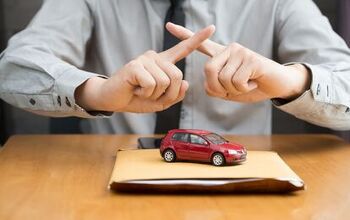


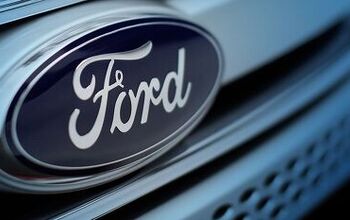


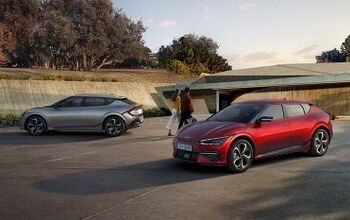

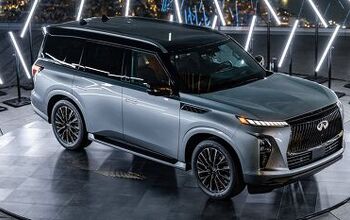




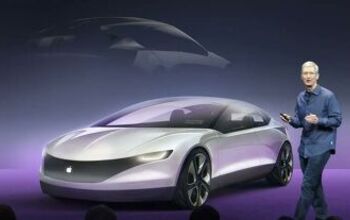
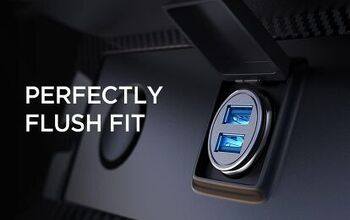

Comments
Join the conversation
[...] i read an article about it, pretty dam useless , unless im going blazing fast speeds. The Truth About Filling Your Tires with Nitrogen | The Truth About Cars so back to regular air i [...]
My stock F150 tires from the dealer were filled with Nitrogen. I kid you not, It was almost 4 months before they dropped below 1 pound of pressure. It was almost half the year before I actually added more air. My new tires didn't get this 100% nitrogen, but our normal 78% nitrogen oxygen. I have to adjust the air pressure at least every month now.